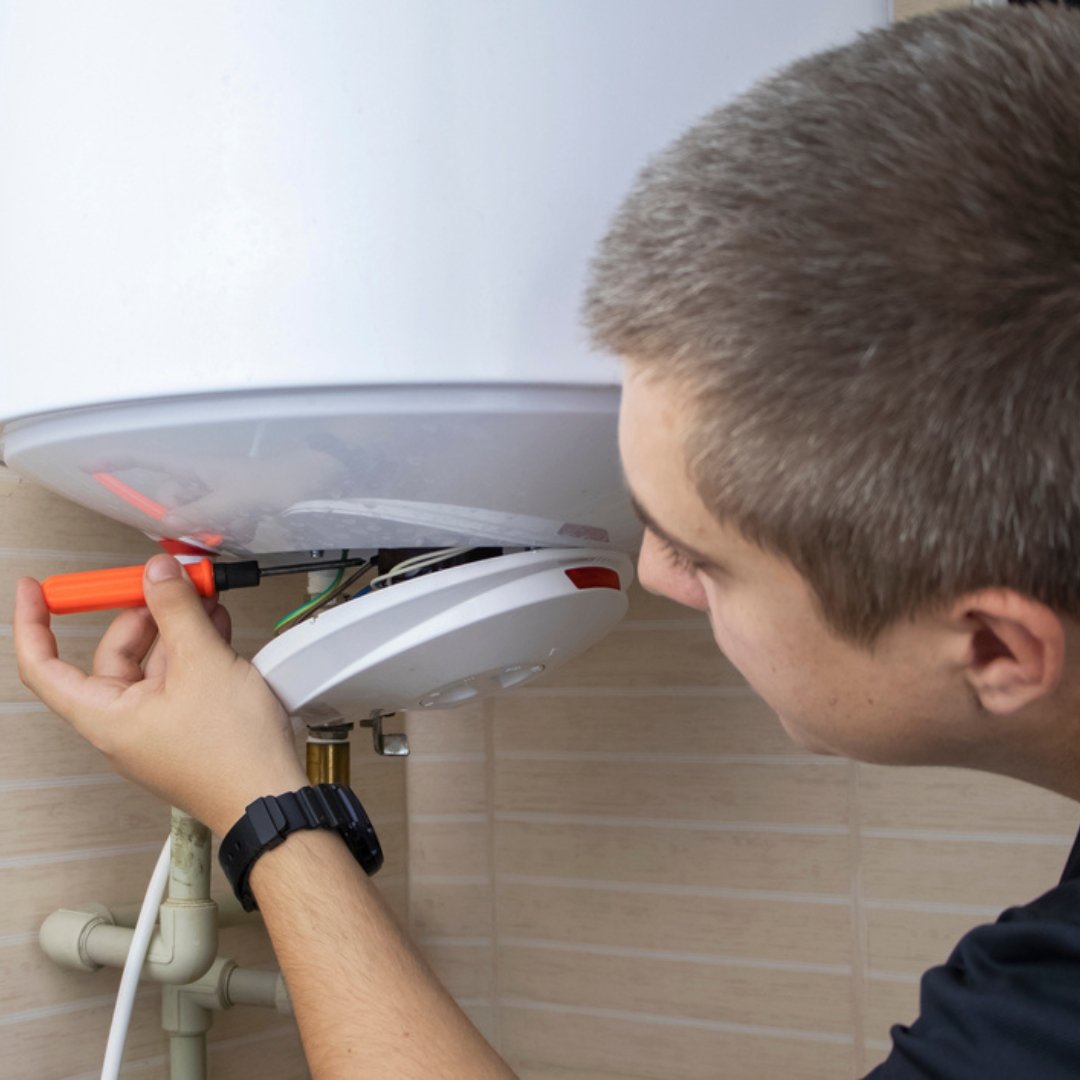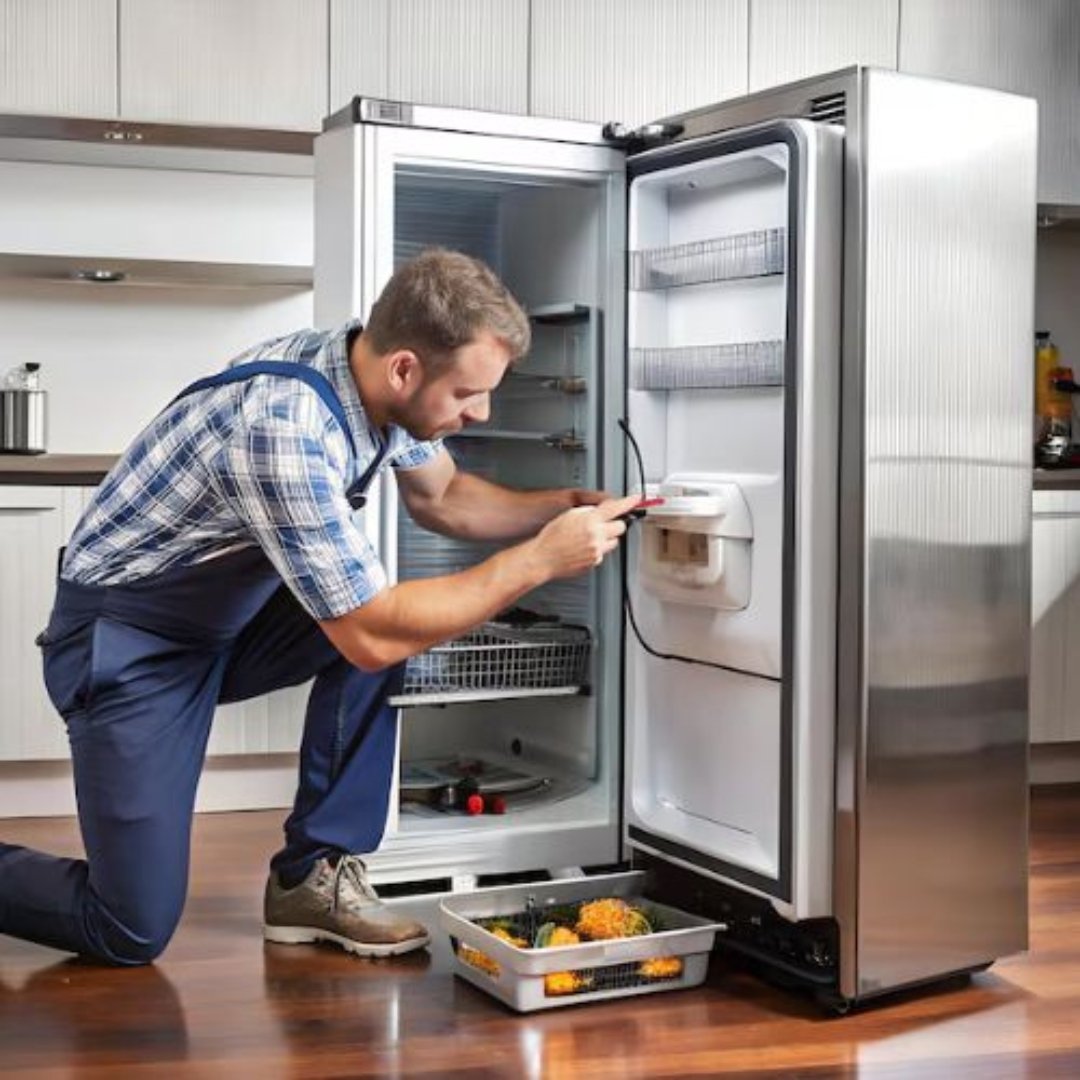Do I Need a Qualified Electrician to Do PAT Testing?
When managing workplace safety, Portable Appliance Testing (PAT) often comes up as a critical responsibility. PAT Testing helps prevent electrical hazards by identifying faulty or damaged appliances before they cause harm. However, one common question arises among business owners and facility managers:
“Do I need a qualified electrician to perform PAT Testing?”
The short answer is no—you don’t need a licensed electrician. But the person performing PAT Testing must be competent, trained, and equipped to do the job correctly. At SafeTag, we provide professional PAT Testing services through trained and experienced personnel who meet all industry safety standards.
Let’s explore what this means and how it affects your business’s compliance and safety measures. To Know More Click Here
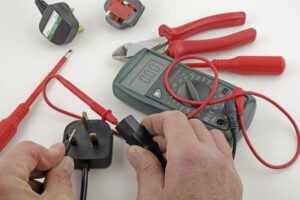
Who Is Allowed to Perform PAT Testing?
Contrary to popular belief, PAT Testing does not legally require a certified electrician. The law doesn’t specify the qualification but instead emphasizes competency. In simple terms, anyone who is properly trained and knowledgeable can conduct PAT Testing effectively. This includes:
- Facilities or maintenance staff who have completed PAT training.
- In-house safety officers with appropriate experience.
- External professionals trained specifically in appliance testing.
However, having the right tools is just as important as having the right knowledge. At SafeTag, we make sure our technicians are both technically skilled and fully equipped to carry out thorough testing—going beyond just ticking boxes for compliance.
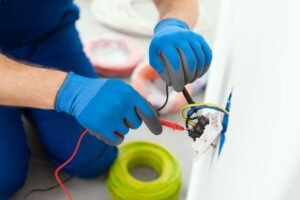
Understanding Competence: What Makes a Good PAT Tester?
PAT Testing requires a specific set of skills and knowledge. Just doing a visual check isn’t enough. A competent PAT tester must:
- Understand different appliance types and associated risks.
- Know how to identify early signs of electrical faults.
- Use testing devices like earth continuity testers and insulation resistance meters.
- Interpret results and decide on the right course of action, such as removing unsafe equipment from use.
At SafeTag, our team undergoes regular training to stay updated with current safety protocols and equipment standards. We prioritize hands-on experience, attention to detail, and clarity in reporting—qualities that ensure you get accurate and reliable results every time. To Know More Click Here
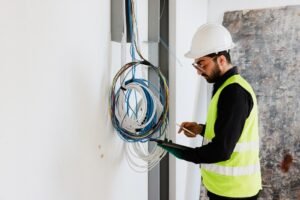
Visual Inspection vs. Electrical Testing: Why Both Matter
PAT Testing involves two essential components:
1. Visual Inspection
This step focuses on detecting visible signs of damage. Trained testers look for:
- Frayed wires or exposed conductors.
- Cracked or scorched plugs and sockets.
- Loose connections and bent pins.
- Incorrect fuse ratings or tampering.
Although many issues can be caught during this stage, visual checks alone are not foolproof.
2. Electrical Testing
This step uses specialized equipment to measure:
- Earth continuity (ensures grounding is intact).
- Insulation resistance (checks for leakage paths).
- Polarity and functionality of switches and plugs.
Without electrical testing, some hidden faults may go unnoticed, potentially leading to serious hazards. SafeTag performs both these checks with precision, offering a complete safety assurance. To Know More Click Here
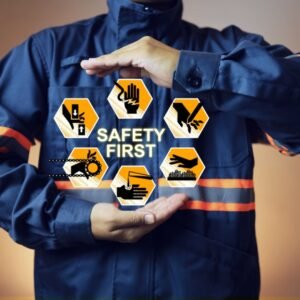
Why It’s Smarter to Choose Trained PAT Professionals Over Just Electricians
While electricians are trained to handle a wide range of electrical systems, PAT Testing is a niche process that focuses on appliance-level safety. It doesn’t require deep electrical rewiring knowledge but does demand attention to detail, proper record-keeping, and compliance with legal frameworks such as:
- The Electricity at Work Regulations 1989
- The Health and Safety at Work Act 1974
So, rather than hiring an electrician for every round of PAT Testing, it’s often more efficient and cost-effective to work with trained PAT testers like the team at SafeTag. We specialize in appliance safety testing and offer:
- Scheduled on-site testing without disrupting daily operations.
- Instant pass/fail results with clear labels and documentation.
- A digital report archive for easy compliance tracking.

Legal and Insurance Compliance: A Critical Factor
Regulations require businesses to maintain a safe working environment. By using competent testers, you demonstrate due diligence and reduce the risk of liability in case of accidents. Many insurance providers also look for evidence of regular PAT Testing before validating claims related to electrical faults or fire.
Choosing a reliable provider like SafeTag ensures:
- Accurate logs of test dates and results.
- Up-to-date certification for compliance audits.
- Stronger legal defense if safety-related incidents occur. To Know More Click Here
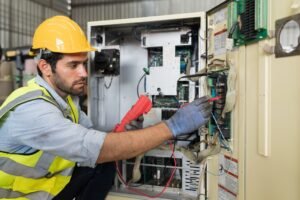
Conclusion: Focus on Competence, Not Just Qualifications
You don’t need a certified electrician to perform PAT Testing—but you do need a trained and competent person. Whether it’s visual inspections or technical fault detection, a responsible PAT tester can protect your team, property, and reputation.
At SafeTag, we take this responsibility seriously. Our trained testers deliver thorough, regulation-compliant PAT Testing backed by clear reporting and timely service. When you choose SafeTag, you’re choosing reliability, safety, and compliance—all in one solution.
SafeTag – Your Safety Partner in New Zealand
Ensure workplace safety and compliance with SafeTag’s professional testing services. We offer certified solutions for Electrical Testing & Tagging, RCD Testing, Microwave Leakage Testing, and Portable Appliance Testing (PAT). Trust our experts for hassle-free, on-site service tailored to your business needs.

